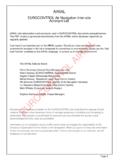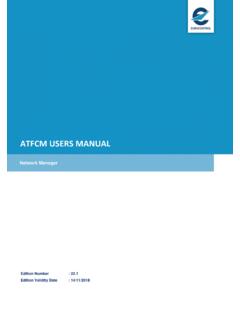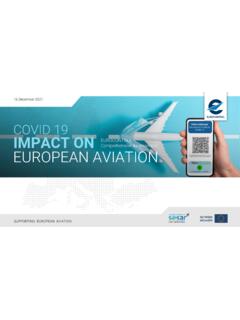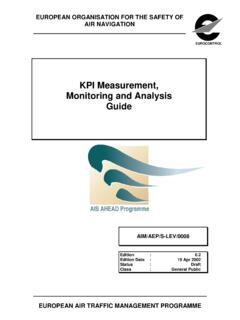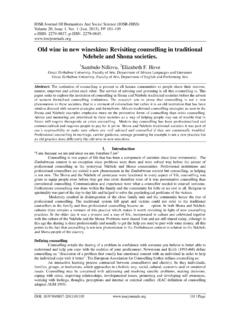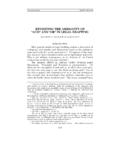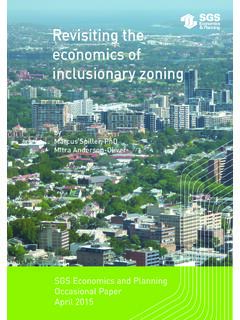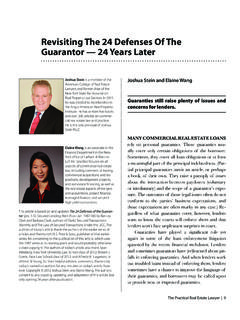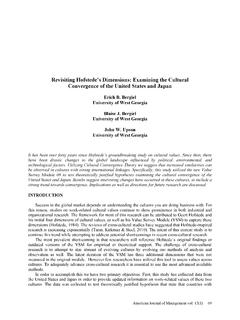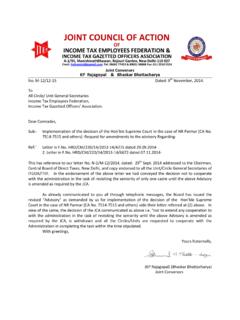Transcription of EUROCONTROL EXPERIMENTAL CENTRE …
1 The information contained in this document is the property of the EUROCONTROL Agency and no part should be reproduced in any form without the Agency s permission. The views expressed herein do not necessarily reflect the official views or policy of the Agency. EUROPEAN ORGANISATION FOR THE SAFETY OF AIR NAVIGATION EUROCONTROL EXPERIMENTAL CENTRE revisiting THE swiss cheese model OF ACCIDENTS EEC Note No. 13/06 Project Safbuild Issued: October 2006 EUROCONTROL REPORT DOCUMENTATION PAGE Reference: EEC Note No.
2 13/06 Security Classification: Unclassified Originator: EEC - SAS (Safety Analysis and Scientific) Originator (Corporate Author) Name/Location: EUROCONTROL EXPERIMENTAL CENTRE CENTRE de Bois des Bordes F - 91222 Br tigny-sur-Orge Cedex FRANCE Telephone : +33 (0)1 69 88 75 00 Internet : Sponsor: EATM Sponsor (Contract Authority) Name/Location: EUROCONTROL Agency Rue de la Fus e, 96 B -1130 BRUXELLES Telephone: +32 2 729 9011 TITLE: revisiting THE swiss cheese model OF ACCIDENTS Authors J. Reason (for Dedale) E.
3 Hollnagel (for Dedale) J Paries (Dedale) Date 10/2006 Pages x + 25 Figures 9 Tables -- Annexes 1 References 22 EEC Contact Fabrice Drogoul Project Safbuild Task No. Sponsor 120000-SRD-3-E1-0000 Period 2004-2005 Distribution Statement: (a) Controlled by: Head of SRT (b) Special Limitations: None Descriptors (keywords): swiss cheese model , accident model , Safety Abstract: Accidents in complex system occur through the accumulation of multiple factors and failures. J. Reason has famously developed a model based on the swiss cheese Metaphor that suggests multiple contributors (the holes in cheese slices) must be aligned for any adverse events to occur.
4 Barriers in a system (the slices themselves) are intended to prevent errors that result in these adverse events. This swiss cheese model is not without drawbacks, and is not accepted uncritically. With use over time even the author has acknowledged its limitations. Nevertheless it remains widely used and is employed as the main basis for new method development. The concept of barrier provides one of the few opportunities to model interactions and complexity in High Risk domains. A compilation of pro s and con's was needed to gain insight into the potential and limitations of this model for ATM application.
5 revisiting the swiss cheese model of Accidents EUROCONTROL Project Safbuild EEC Note No. 13/06 v FOREWORD This report tries to fill this gap by showing the suitability and limits of this model . The swiss cheese model is heavily used in safety critical domain and in particular in ATM. Recently it has been subject to criticism but yet a review of the criticism and a discussion on pro s and con s of the model was not available. This document gives the results of a short project to revisit the reason swiss cheese model .
6 Fabrice Drogoul Project Leader EUROCONTROL revisiting the swiss cheese model of Accidents vi Project Safbuild - EEC Note No. 13/06 Page intentionally left blank revisiting the swiss cheese model of Accidents EUROCONTROL Project Safbuild EEC Note No. 13/06 vii TABLE OF CONTENTS LIST OF VII LIST OF VII REFERENCES .. VIII 1. PREAMBLE .. 1 2. SCOPE AND PURPOSE OF THE STUDY .. 2 3. HISTORY OF THE model .. 4 4. FUNCTIONS OF THE 9 SCM AS A CONCEPTUAL FRAMEWORK .. 9 SCM AS A MEANS OF COMMUNICATION.
7 9 SCM AS A BASIS FOR 10 5. DISSEMINATION OF THE model .. 11 6. PUBLISHED CRITICISMS OF THE model .. 12 7. FURTHER COMMENTS ON THE swiss cheese model (SCM).. 14 THE STATUS OF THE SCM AS A model .. 14 THE SCM AS A MEANS OF COMMUNICATION .. 14 NORMATIVE model OF ORGANISATIONS .. 15 ORDERLINESS AS AN ARTEFACT OF RETROSPECTION .. 16 PROXIMAL AND DISTAL CAUSES .. 16 BARRIERS AND DEFENCES .. 17 CONTEMPORARY VIEW OF 17 THE SCM AS A BASIS FOR ANALYSIS .. 19 SCM AS A BASIS FOR 20 8. CONCLUSIONS.
8 21 LIST OF FIGURES Figure 1 .. 5 Figure 2 .. 5 Figure 3 .. 6 Figure 4 .. 7 Figure 5: the Mark 3 version .. 8 Figure 6 .. 10 Figure 7 .. 10 Figure 8: SCM Mark I (pathological aspects).. 15 Figure 9: SCM Mark II .. 19 LIST OF ANNEXES ANNEX A - Uberlingen accident analysis using the Reason model framework .. 25 EUROCONTROL revisiting the swiss cheese model of Accidents viii Project Safbuild - EEC Note No. 13/06 REFERENCES 1. Bogner, M. S. (2002). Stretching the search for the why of error: the systems approach.
9 Journal of Clinical Engineering, 27, 110-115. 2. Dekker, S. (2002). The Field Guide to Human Error Investigations. Ashgate. 3. Hannaman, G. W., Spurgin, A. J. & Lukic, Y. D. (1984). Human cognitive reliability model for PRA analysis (NUS-4531). Palo Alto, CA: Electric Power Research Institute. 4. Heinrich, H. W. (1931). Industrial accident prevention. McGraw-Hill. 5. Hollnagel, E. (1998). Cognitive reliability and error analysis method. Oxford: Elsevier Science Ltd. 6. Hollnagel, E. (2004). Barriers and accident prevention.
10 Aldershot, UK: Ashgate. 7. Luxhoj & Kauffeld (2003). vol 5. The Rutgers Scholar, 2003). 8. Leveson, N. (2004). A New Accident model for Engineering Safer Systems. Safety Science, Vol. 42, No. 4, April 2004, pp. 237-270. 9. Perrow, C. (1984). Normal Accidents: Living With High-Risk Technologies. New-York, USA: Basic Books, Inc. 10. Pidgeon, 1997. Man-Made Disasters. Second Edition. Butterworth-Heinemann. 11. Rasmussen, J., Pedersen, O. M., Mancini, G., Carnino, A., Griffon, M. & Gagnolet, P. (1981).

